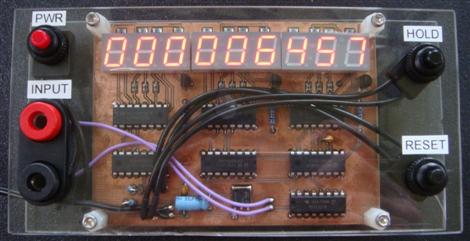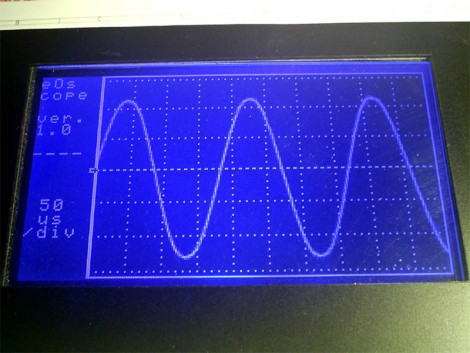[youtube=http://www.youtube.com/v/c_Qt5CtUlqY&hl=en_US&fs=1&]
Take a few minutes to watch this amazingly informative video on how to solder QFN or MLF components without solder paste. The quality of the video and the information within is quite nice. Even if you don’t intend to work with these parts, you could pick up some tips for soldering with hot air.















